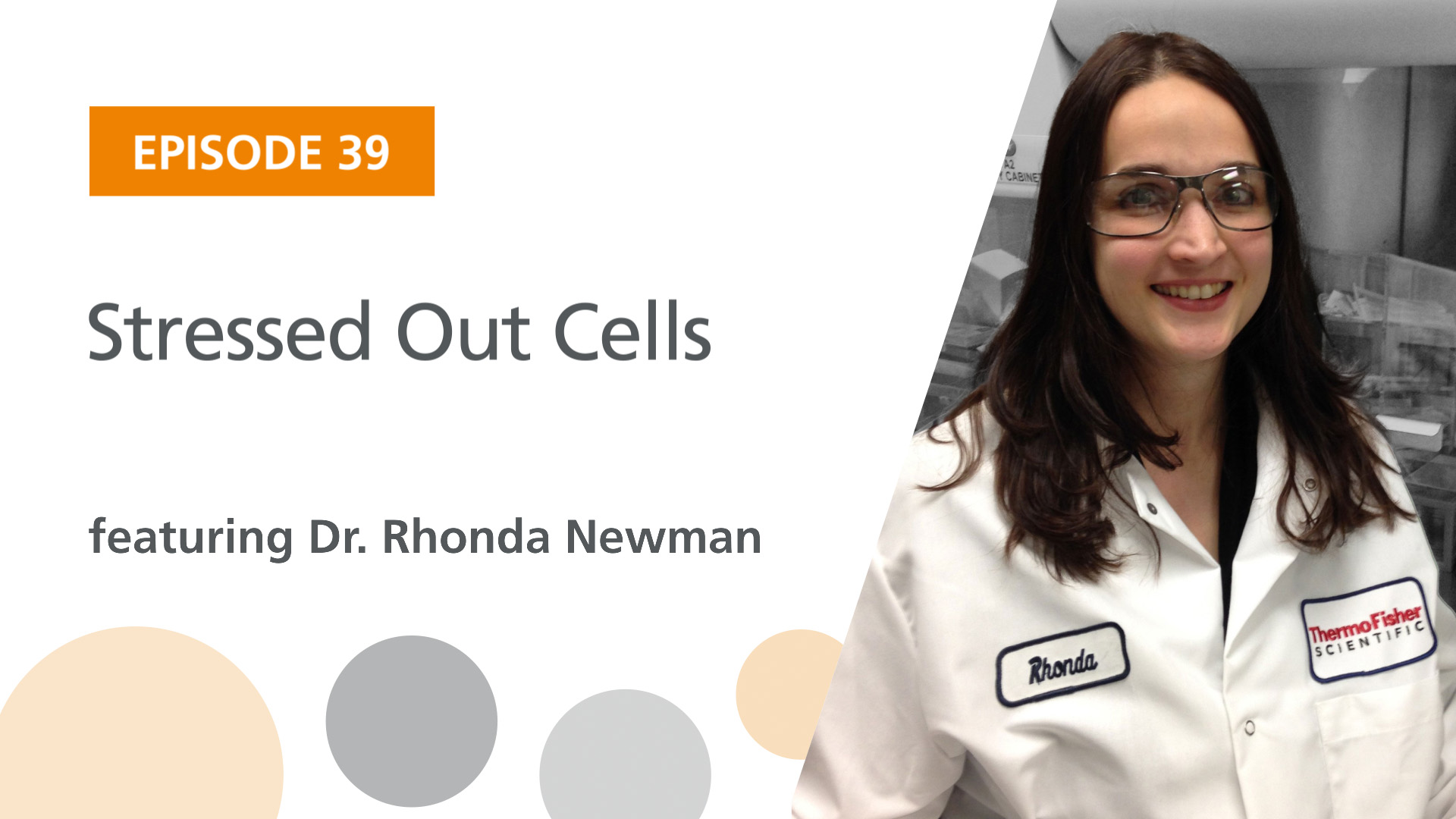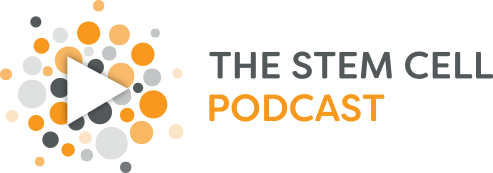
Podcast: Play in new window
Guest:
Dr. Rhonda Newman to talk about her work in trying to figure out a better way to “de-stress” stem cells.
Resources and Links
Previously Unknown Effect of Vitamin A Identified – A previously unknown effect of vitamin A in human embryonic development has been identified by researchers, indicating that vitamin A affects the formation of blood cells.
Feeding Babies Foods with Peanuts Appears to Prevent Allergies – Researchers found that babies who consumed the equivalent of about 4 heaping teaspoons of peanut butter each week, starting when they were between 4 and 11 months old, were about 80 percent less likely to develop a peanut allergy by age 5.
Mothers Can Pass Traits to Offspring through Bacteria’s DNA – Mothers can pass a trait to their offspring through the DNA of bacteria suggesting that microbes may play a significant role in how genes influence illness and health in higher organisms.
Kids, Allergies and a Possible Downside to Squeaky Clean Dishes – This article reports that in families who said they mostly wash dishes by hand, significantly fewer children had eczema, and somewhat fewer had either asthma or hay fever, compared to kids from families who let machines wash their dishes.
Scientists Unveil Map of ‘Epigenome,’ a Second Genetic Code – Scientists for the first time have mapped out the molecular “switches” that can turn on or silence individual genes in the DNA in more than 100 types of human cells, an accomplishment that reveals the complexity of genetic information and the challenges of interpreting it.
Ingredient in Olive Oil Looks Promising in the Fight Against Cancer – A Rutgers nutritional scientist and two cancer biologists at New York City’s Hunter College have found that an ingredient in extra-virgin olive oil called oleocanthal kills a variety of human cancer cells without harming healthy cells.
Popular Soda Ingredient Poses Cancer Risk to Consumers – Research analysis suggests that soda drinkers consume one or more cans per day—possibly exposing them to 4-methylimidazole, a potential carcinogen formed during the manufacture of some kinds of caramel color.
Amyloid Formation May Link Alzheimer Disease and Type 2 Diabetes – This article tries to investigate the processes underlying amyloidosis that link type 2 diabetes mellitus and Alzheimer disease.
Stopping HIV with an Artificial Protein – A research team has shown that a lab-made molecule eCD4-Ig that mimics an antibody from our immune system may have more protective power than anything the body produces, keeping four monkeys free of HIV infection despite injection of large doses of the virus.
Mulling the Marijuana Munchies: How the Brain Flips the Hunger Switch – This article shows that the “munchies,” or that uncontrollable urge to eat after using marijuana, appear to be driven by neurons in the brain that are normally involved in suppressing appetite, according to a new study by Yale School of Medicine researchers.
Oocytes and Obesity – Eggs from excessively overweight mothers suffer mitochondrial damage that can be averted with pharmacological intervention.
Nitrogen-Fixing Bacterium Could Cut Biofuel Costs – This article reports that ethanol-producing Zymomonas mobilis can live on nitrogen gas, potentially cutting costs and environmental waste in biofuel production.
Long-Lived Immunotherapy Stem Cells – The genetically modified T memory stem cells persist in patients for more than ten years, and can differentiate into a variety of T cell types.
Clarkson University, SUNY Plattsburgh Researchers Use Saliva Test to Diagnose Autism – A spit test may one day be able to diagnose autism as reported by the researchers at Clarkson University and the State University of New York at Plattsburgh.
Alligator Blood May Provide Basis of Wartime Anti-Infectives – A study conducted by a group of researchers in the School of Systems Biology and the National Center for Biodefense and Infectious Diseases on alligators, suspecting that antimicrobial peptides – small proteins that are part of the innate immunity of all higher organisms – may be behind alligators’ enhanced immunity.
Plant Extract Fights Brain Tumor – Silibinin from milk thistle seeds can be applied to treat Cushing Disease, a rare hormone condition caused by a tumor in the pituitary gland in the brain.
Cigarette Smoking And Thinning Of The Brain’s Cortex – Researchers suggest that cigarette smoking is associated with diffuse accelerated cortical thinning, a biomarker of cognitive decline in adults.
Common Pesticide May Increase Risk of ADHD – A commonly used pesticide pyrethroid pesticide deltamethrin may alter the development of the brain’s dopamine system which is responsible for emotional expression and cognitive function, thus increasing the risk of attention deficit hyperactivity disorder in children, according to a new Rutgers study.
Doctors Puzzled Over 100 Cases of Paralysis in U.S. Children – Researchers reveal that even though the exact cause of paralysis in over 100 young adults and children is not known, it may be linked to the enterovirus D68.
Hydrogen Sulfide Could Help Lower Blood Pressure – Research has indicated that a new compound, called AP39, which generates minute quantities of the gas hydrogen sulfide inside cells, could be beneficial in cases of high blood pressure and diseases of the blood vessels that occur with ageing and diabetes.
Stem Cell Pioneer Joins Forces with Stem Cell Fraudster – Woo Suk Hwang, who was convicted for fraudulently claimed to have created embryonic stem cells matched to human patients, now tells South Korea’s Dong-A Ilbo newspaper that he, Mitalipov, and Xiaochun Xu, CEO of Boyalife Group of Wuxi, China, have agreed to jointly work on the mechanisms of cloning.
Supreme Court Rejects Stem Cell Patent Case – The Supreme Court decision ruled in favor of the Wisconsin Alumni Research Foundation, or WARF, which will get to keep its patent rights to license use of human embryonic stem cells.
Assessing State Stem Cell Programs in the United States: How Has State Funding Affected Publication Trends? – This article examines how state programs have affected publication trends in four states especially with the federal funding limitations placed on human embryonic stem cell research and the potential of the field.
Scientists Use Graphene to Target, Neutralize Cancer Stem Cells – University of Manchester scientists have used graphene to target and neutralize cancer stem cells while not harming other cells, opening up the possibility of preventing or treating a broad range of cancers, using a non-toxic material.
Researchers Engineer Wisdom Teeth Stem Cells to Treat Corneal Scarring – Researchers at the University of Pittsburgh have discovered that stem cells from the dental pulp of wisdom teeth can be manipulated to form cells of the eye’s cornea — a finding that may provide an easier procedure to repair corneal scarring.
San Diego’s Frozen Zoo Introduces Stem Cell Research for Animals – This article describes the largest gene bank of its kind, known as “The Frozen Zoo,” where researchers and zoo personnel run out to collect the sperm or eggs from dead animal and freeze the cells in liquid nitrogen, a process that could help a species live on.
Long-Term Safety Issues of iPSC-Based Cell Therapy in a Spinal Cord Injury Model: Oncogenic Transformation with Epithelial-Mesenchymal Transition – According to this article, grafted iPSC (253G1)-derived neurospheres formed tumors after long-term observation and the transcriptome analysis revealed that a heightened mesenchymal transition may have contributed to the progression of tumors derived from grafted cells.
Small Molecules Enhance CRISPR Genome Editing in Pluripotent Stem Cells – Researchers have identified small molecules that can enhance CRISPR-mediated HDR efficiency, 3-fold for large fragment insertions and 9-fold for point mutations.
Generation of a Ciliary Margin-Like Stem Cell Niche from Self-Organizing Human Retinal Tissue – This article describes the step-wise induction-reversal method conducted by researchers, demonstrating that the neural retina (NR) – retinal pigment epithelium boundary tissue further self-organizes a niche for ciliary margin stem cells that functions to expand the NR peripherally by de novo progenitor generation.
Transcription Factor Binding Dynamics during Human ES Cell Differentiation – Researchers report the integrative analysis of genome-wide binding data for 38 transcription factors with extensive epigenome and transcriptional data across the differentiation of human embryonic stem cells to the three germ layers.
Dissecting Neural Differentiation Regulatory Networks through Epigenetic Footprinting – This article is about the transcriptional and epigenomic analysis of six consecutive neural progenitor cell stages derived from a HES5::eGFP reporter human embryonic stem cell line and a computational framework to dissect regulatory mechanisms that orchestrate the stage-specific differentiation process.
Intracellular Α-Ketoglutarate Maintains the Pluripotency of Embryonic Stem Cells – Scientists reveal that intracellular α-ketoglutarate/succinate levels can contribute to the maintenance of cellular identity and have a mechanistic role in the transcriptional and epigenetic state of stem cells.
Photo Reference: Courtesy of Dr. Newman

